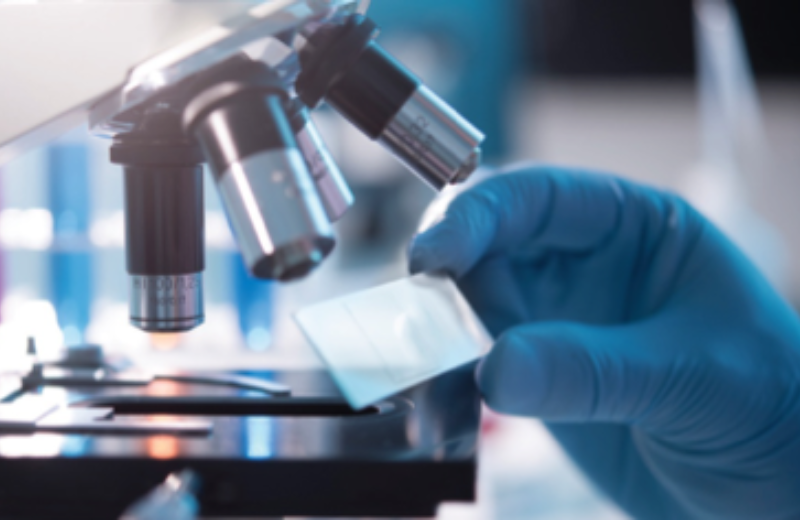
The UAB Comprehensive Transplant Institute performs human leukocyte antigen (HLA) testing prior to organ transplantation, to help ensure a good match between donor and recipient and reduce the risk of rejection. This testing is carried out by the Institute’s state-of-the-art Histocompatibility and Immunogenetics Lab, which plays an important role in the transplant process.
Leading up to UAB’s first clinical-grade pig-to-human kidney xenotransplant, the laboratory, under the direction of Vera Hauptfeld-Dolejsek, PhD, developed swine leukocyte antigen (SLA) testing protocols for similarly determining how well a pig’s organs would match with a particular human recipient. Julie Houp, an associate director in the lab, participated in UAB’s groundbreaking xenotransplant study, which explored the science behind SLA testing while evaluating the real-world viability of pig-to-human organ transplants.
The laboratory’s research showed that the risk of incompatibility is much lower than with human-to-human transplants, and it also demonstrated that SLA testing is effective in identifying poor matches between species. Next steps include scaling up its SLA testing capability to support the volume that would be needed for a major clinical trial with human recipients and establishing guidelines for post-transplant monitoring.
Procured at a pathogen-free facility, the pig kidneys were modified with 10 key gene edits that made them suitable for direct clinical-grade therapeutic use in humans. Serologic compatibility was assessed between the donor pig and the human decedent recipient prior to transplant. The recipient was tested at regular intervals post-transplant for the presence and/or development of HLA-specific antibodies. The gene-modified pigs do not express red blood cell antigens and therefore are “universal donors” with respect to human blood type.
“Obviously we want to be able to adapt this for wider use, and that would include post-transplant monitoring,” Houp says. “That really wasn’t an issue here, because the decedent recipient was only kept alive for several days post-transplant. Under normal circumstances, the recipient hopefully is going to be alive indefinitely, so we will need a way to monitor for rejection, and that’s our next big hurdle.”
Although humans are not expected to possess anti-SLA antibodies stemming from prior sensitization events, pre-existing anti-HLA antibodies may cross-react with SLA alleles.
“In theory, it shouldn’t be that way, because most people presumably have not been exposed to SLA, so we would assume that they wouldn’t make antibodies and be incompatible,” Houp says. “But it turns out that there is a lot of homology between the species, so when they are incompatible with certain HLA, they are incompatible to certain SLA for the same reasons. There is a cross-reaction.”
Despite the progress the laboratory has made with SLA testing, Houp says much work remains to be done. “We’ve only scratched the surface at this point,” she says. “We have to determine exactly what is responsible for that cross-reaction. We know that we can get cross-reactivity, and we can get a positive cross-match in this model, so that’s important. We can get a negative cross-match, which is important as well. The fact that we established a positive control tells us that a negative result is meaningful. If all we ever got was negative, then we wouldn’t know whether we are detecting something relevant or not.”
